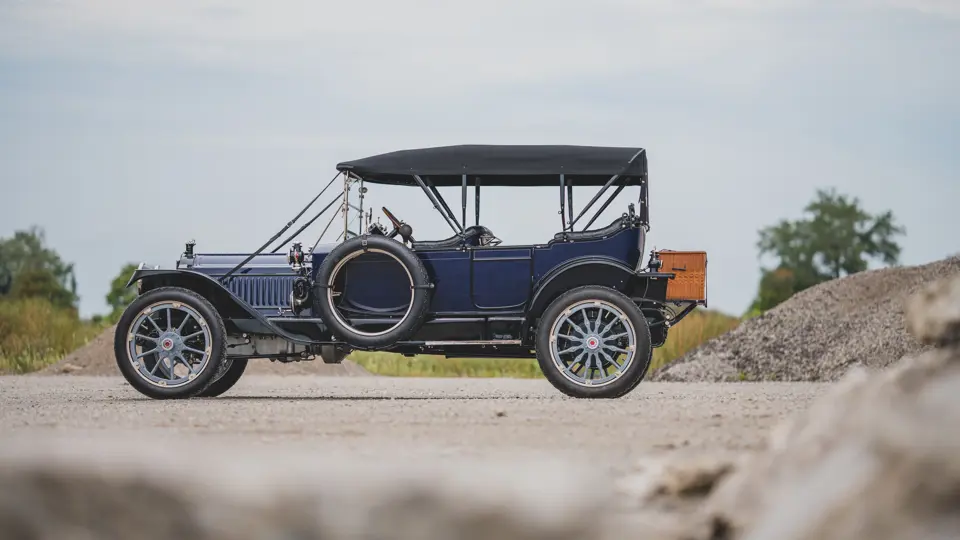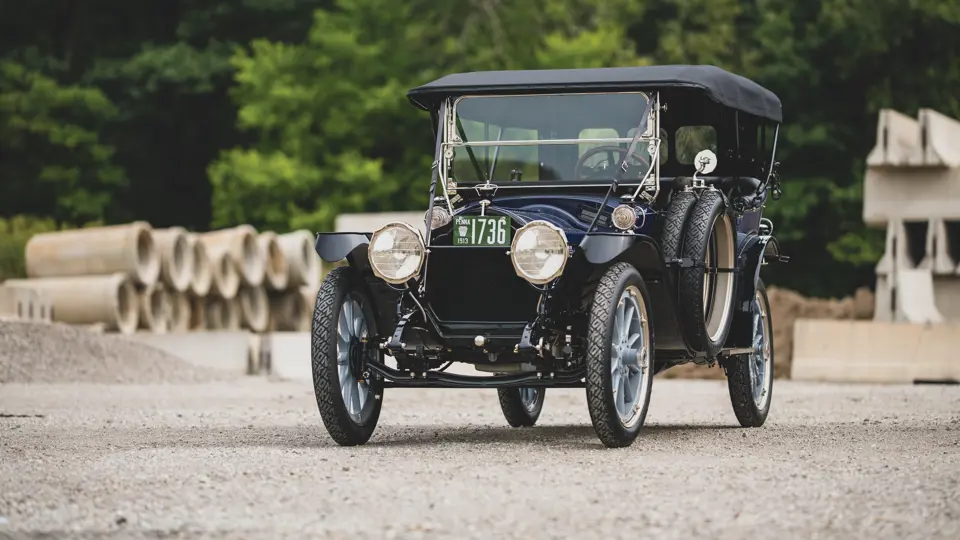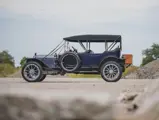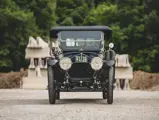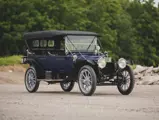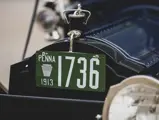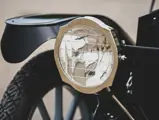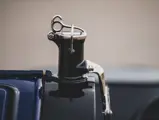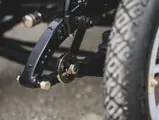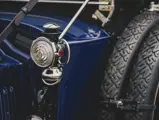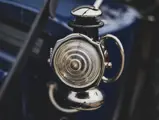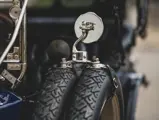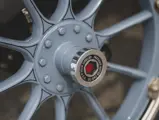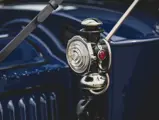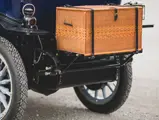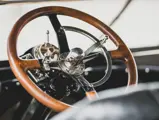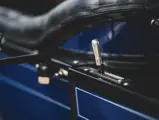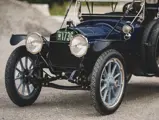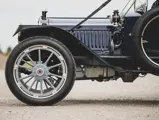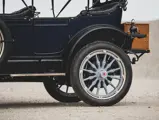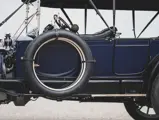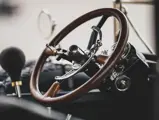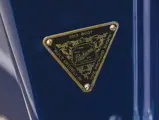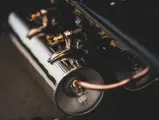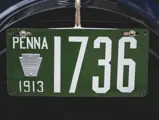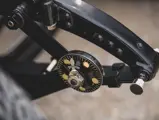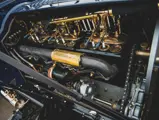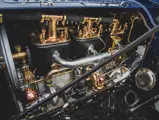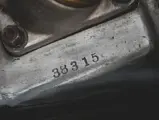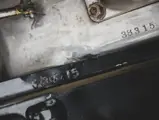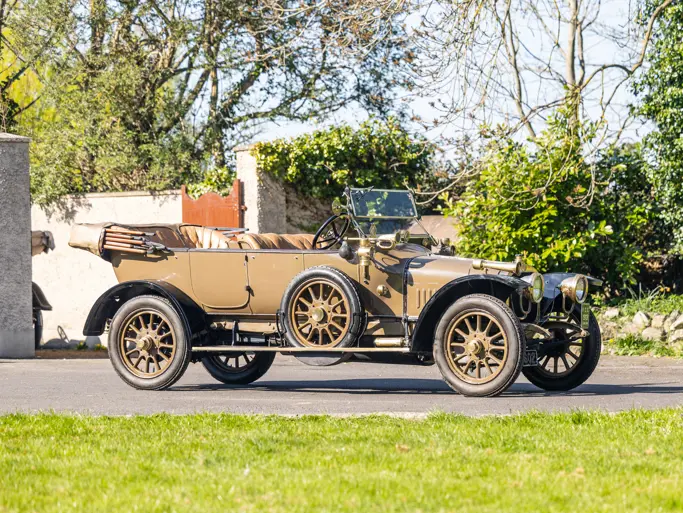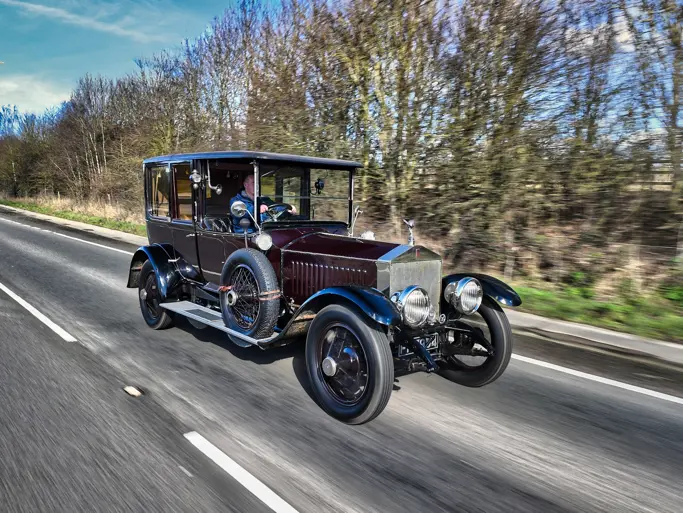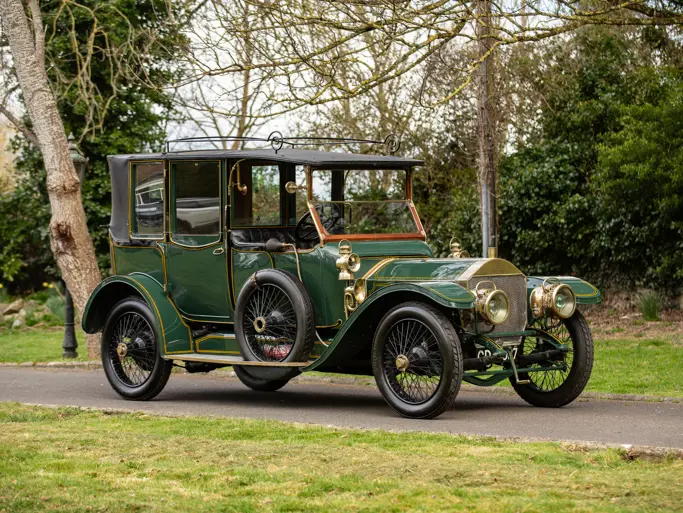
1913 Packard 1-38 5-Passenger Phaeton
{{lr.item.text}}
$350,000 - $500,000 USD | Not Sold
From the Noted Collection of Mr. Jim Bradley
{{bidding.lot.reserveStatusFormatted}}
- Offered from the noted collection of Mr. Jim Bradley
- One of four phaetons known to survive; the only one built during the initial 1-38 production run
- Restored by and displayed at Harrah’s Auto Collection for nearly 30 years
- Three fastidious caretakers since 1956
- Fresh show-quality restoration completed in 2019
- A highly authentic and rare example ideal for concours display and marque events
Introduced in December 1912 for the 1913 model year, the Model 38 was the first Packard to employ a self-starting engine and the first to be equipped with left-hand drive. The Model 38 was available in eleven different body styles across three different wheelbase lengths, the longest of which (at 138 inches) was offered with five-passenger phaeton coachwork that measured a massive total length of 179.25 inches.
The latest Junior Packard was powered by a brand-new L-head straight-six displacing 415 cubic inches and developing 60 hp, or 38 ALAM hp (thus the model’s nomenclature). Standard-equipped with a storm-tilt windshield, electric side lamps and headlamps, an electric/kerosene rear warning lamp, two extra demountable rims, rear tire carrier, and tool kit, the 38 was also fitted with a new instrument-control board mounted on the steering column.
In February 1913, Packard updated the 38 in a more developed form for the 1914 model year under the name Model 1438. In total 1,618 cars were built for both ’13 and ’14, but only a small portion featured the five-passenger phaeton coachwork offered on the massive 138-inch-wheelbase chassis. A roster compiled by marque enthusiasts accounts for no more than four remaining phaetons, of which this car is the only first-generation 1913 Model 1-38 example known to survive (the other three are continuation Model 1438 examples built in 1914). Interestingly, there are only a total of twelve complete 1913 Model 38 Packards in the roster.
Offering incredible rarity and benefitting from a recent upgrade restoration, this remarkable Packard 38 is an impressive example. Though vehicle no. 38315’s early history is unknown, by the 1950s the phaeton is believed to have been owned by Bell & Costello’s Garage in Cambridge, New York. In 1956 the Packard was reportedly purchased from the garage by William Harrah’s well-known Auto Collection in Reno, Nevada, and the car was completely restored, including a new two-tone finish in black and maroon with red pinstriping. The 38 was then exhibited by the National Automobile Museum for close to 30 years.
In February 1983, Harrah’s sold the stately Model 38 to Packard collector Richard Veghte of Golden, Colorado, and he strove to maintain the car in the utmost original condition, consistently addressing upkeep of the wiring, self-starter, and mechanical systems. Mr. Veghte ultimately kept the phaeton for nearly three decades, and his fastidious care was certainly to credit for the car’s remarkably preserved condition when purchased by Jim Bradley in 2012. The consignor has continued the Packard’s long record of faithful maintenance, equally endeavoring to retain the utmost authenticity in the car.
Since 2012 the car has been well maintained while being displayed in a private museum. In 2016 a show-level upgrade restoration was commenced (completed in 2019) that included new paint that was matched from the original paint color found under the original upholstery, correct new leather upholstery, a new top, new nickel plating, lights restored by Rick Britten, detailing of the engine compartment and undercarriage, new “Non Skid” tires, new rims, a new radiator with correct core, and mechanical service as needed.
The Packard has accrued only test miles since the restoration was completed. The car has been well maintained by the current owner and has recently undergone service and detailing by RM Auto Restoration. The phaeton starts and runs well, however bidders should note that additional service may be required to ensure reliable performance during future long-distance touring events.
One of four examples known to survive, and the only one built during the model’s initial production run before February 1913, this five-passenger phaeton boasts extreme rarity and furthermore benefits from the steadfast attention of just three dedicated caretakers over the last 63 years. It can expect a warm welcome at Packard club events, AACA and VMCCA meets, and Brass Era gatherings, abounding in authenticity while evoking the company’s identity as the transport of presidents and potentates.

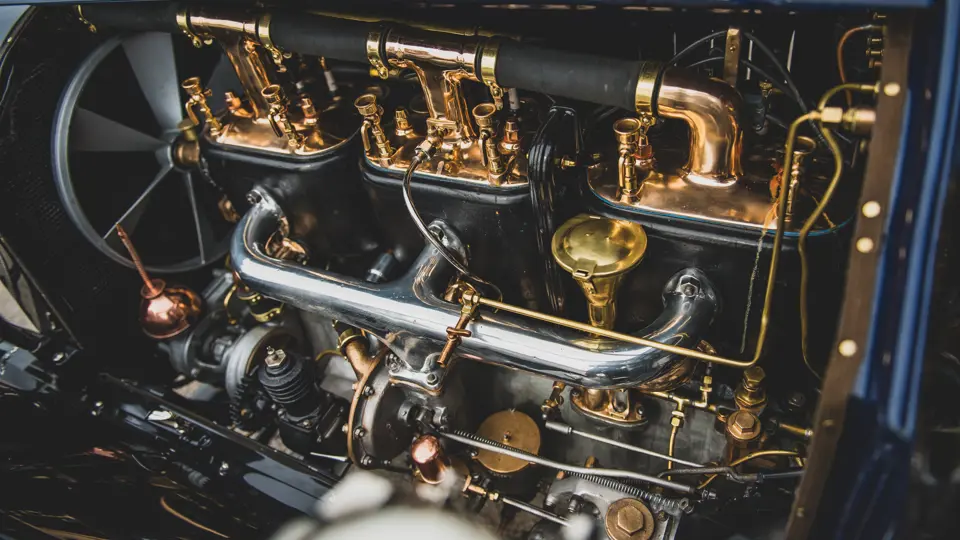
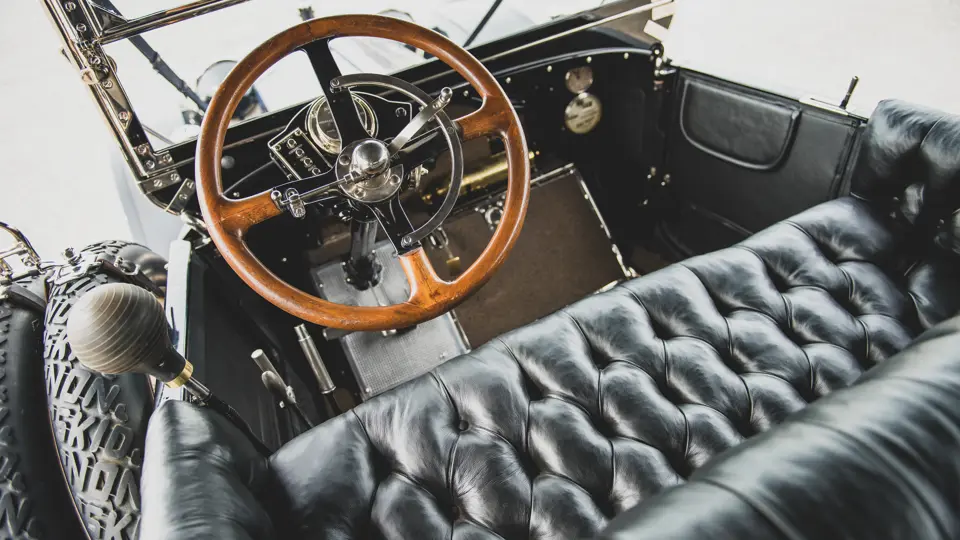

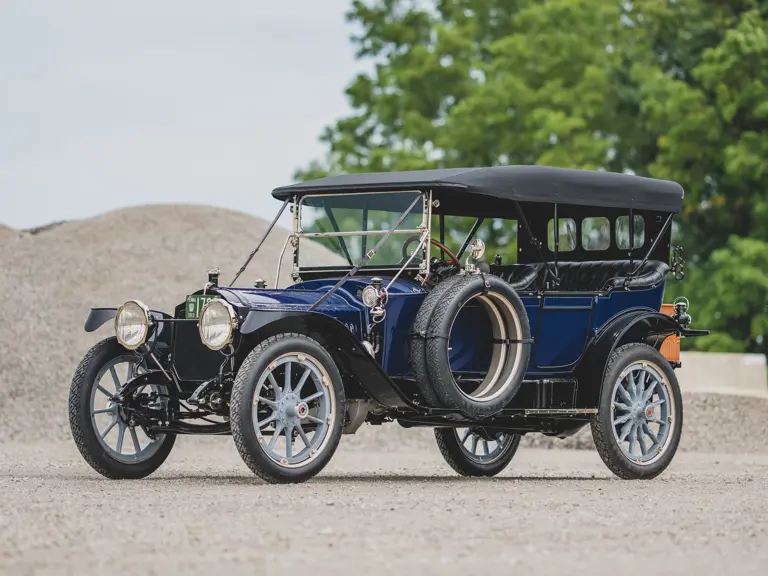

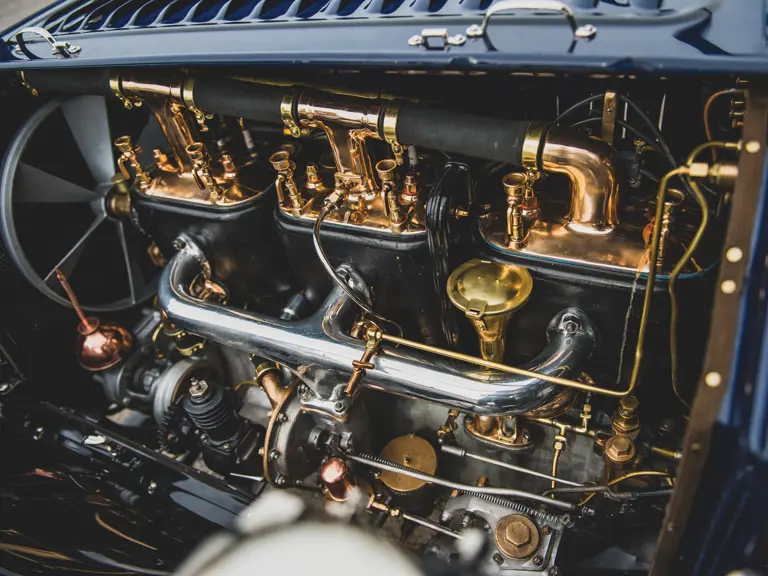
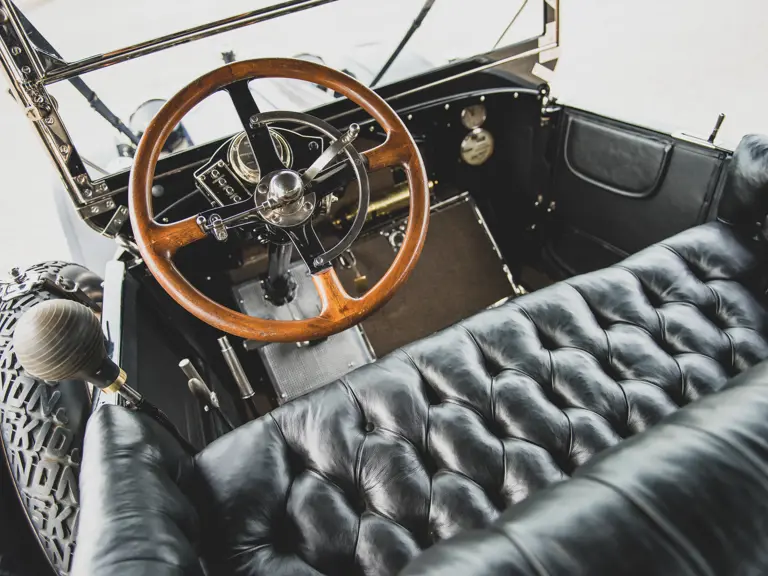
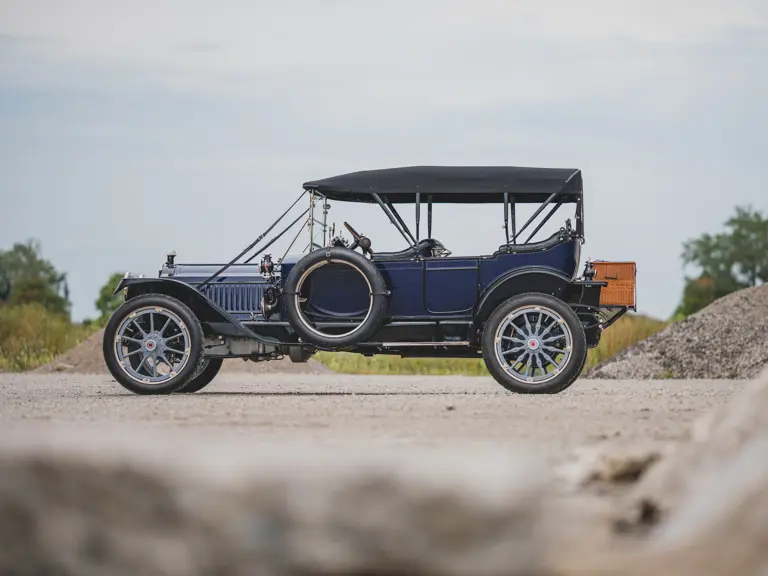

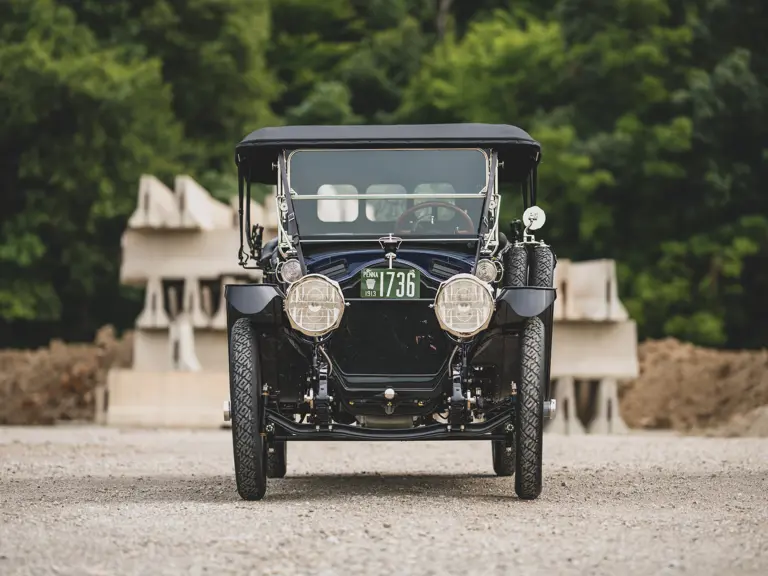
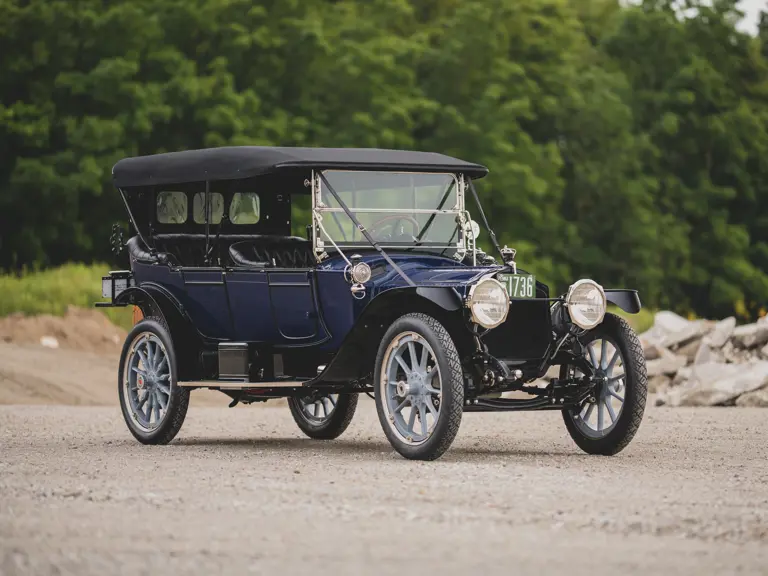
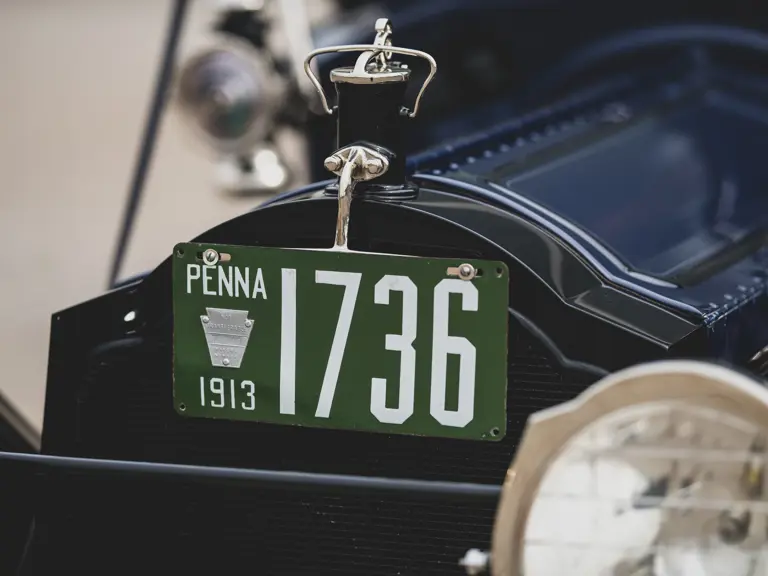
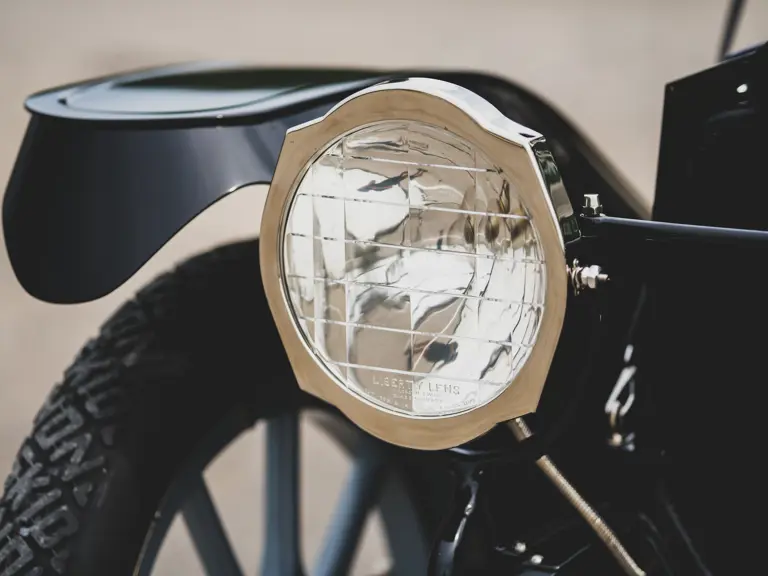
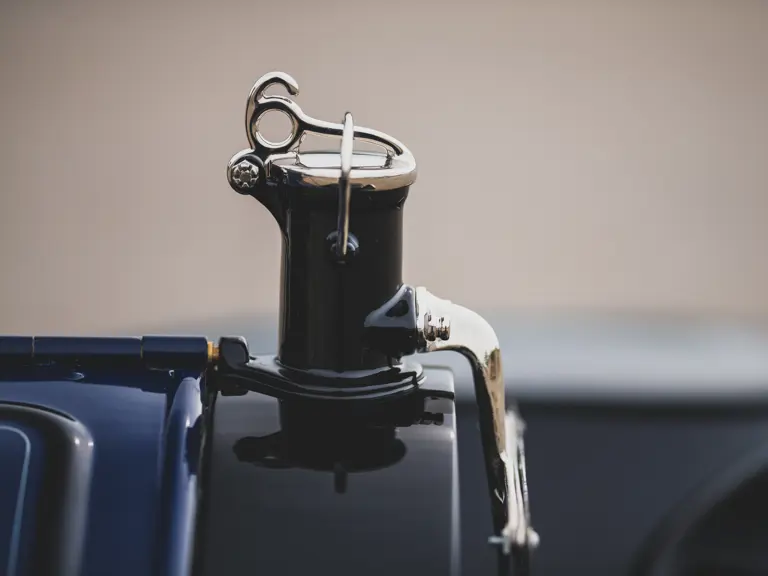

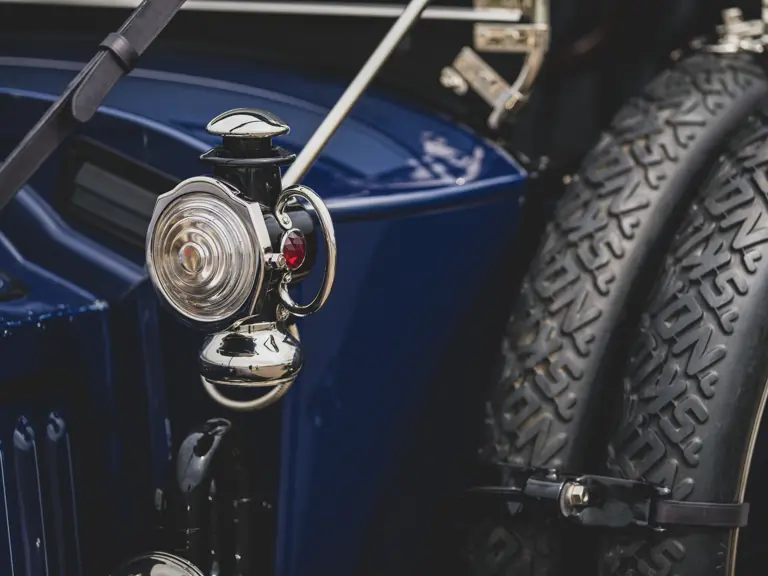
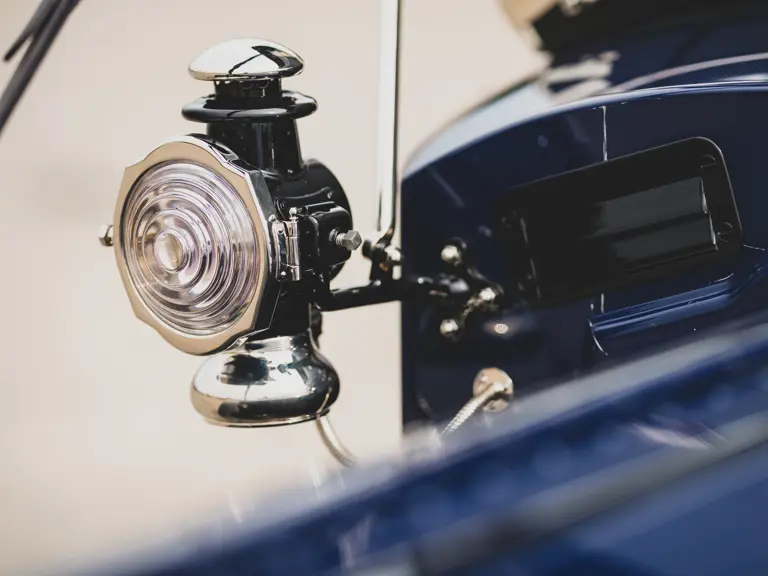
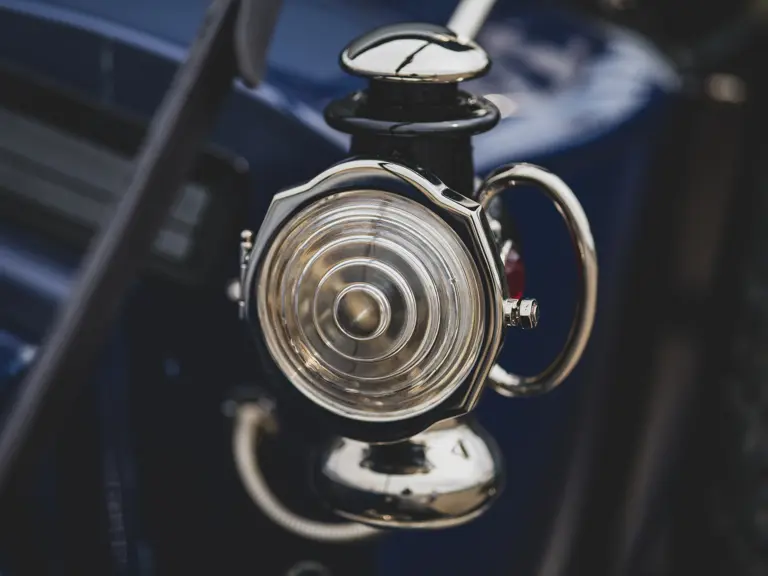
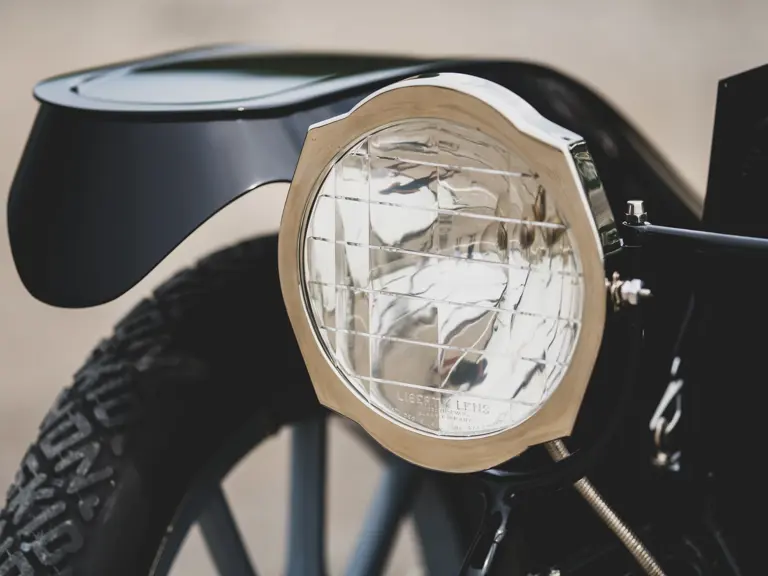
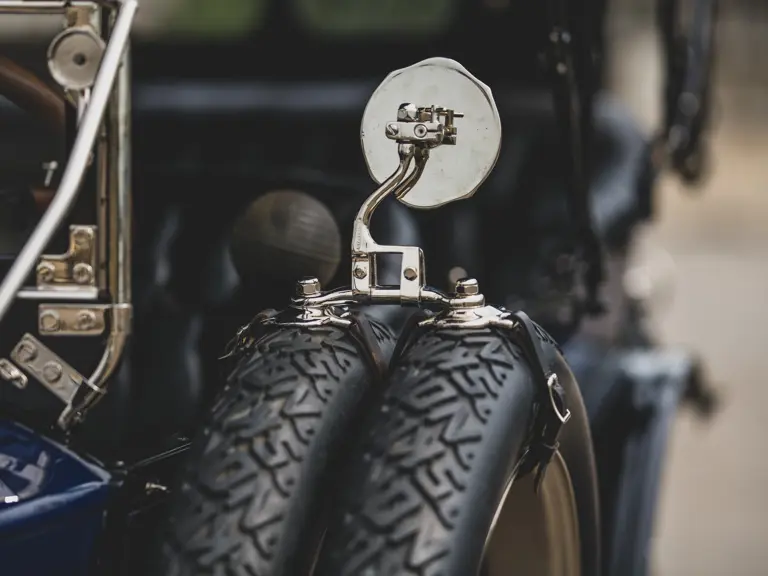
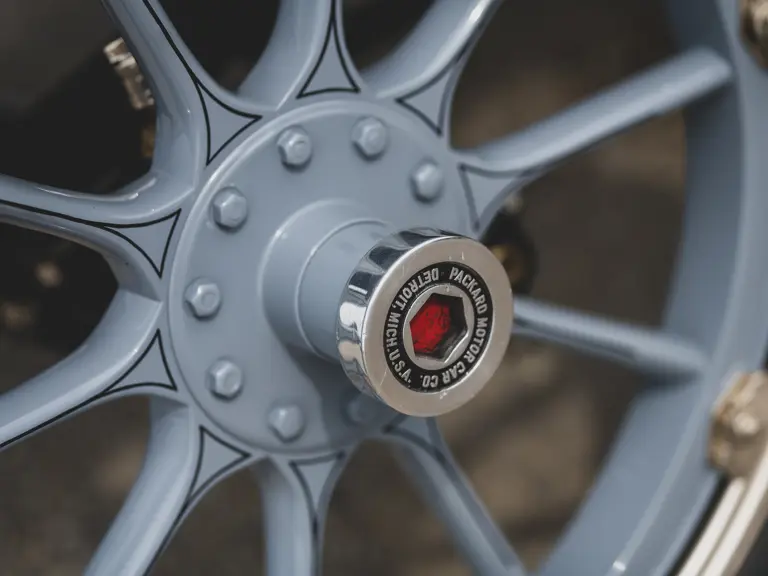

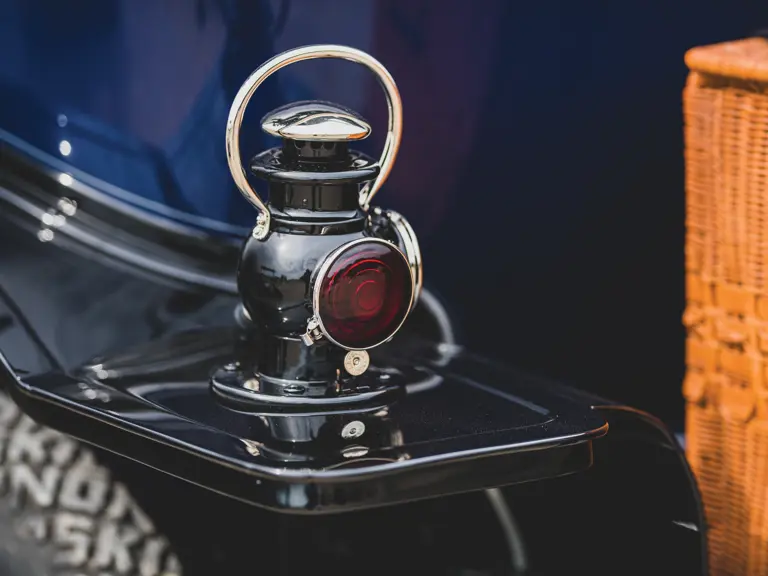
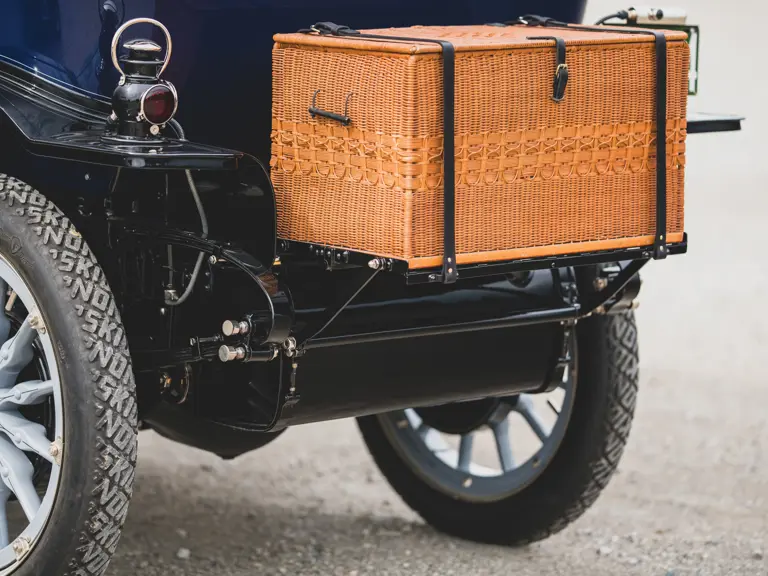
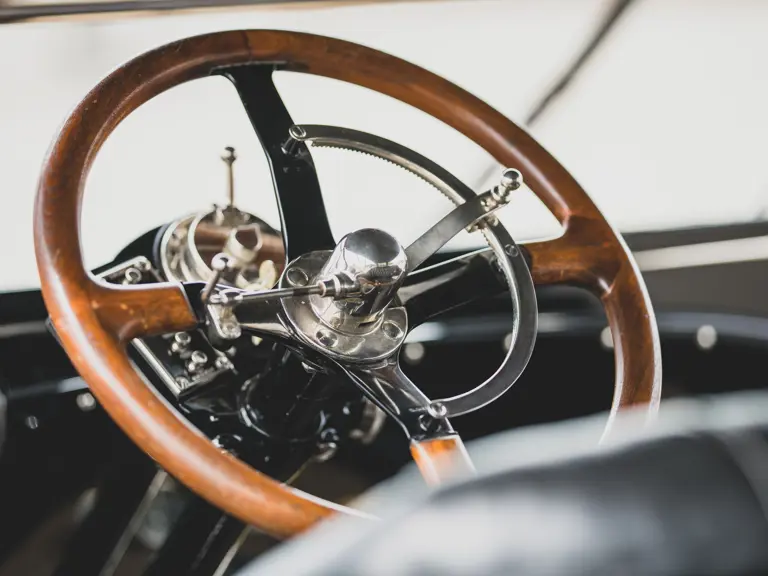
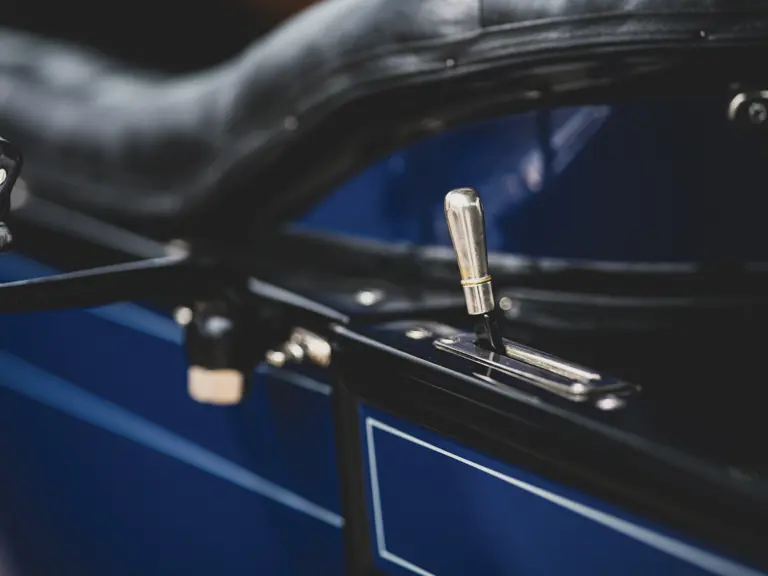
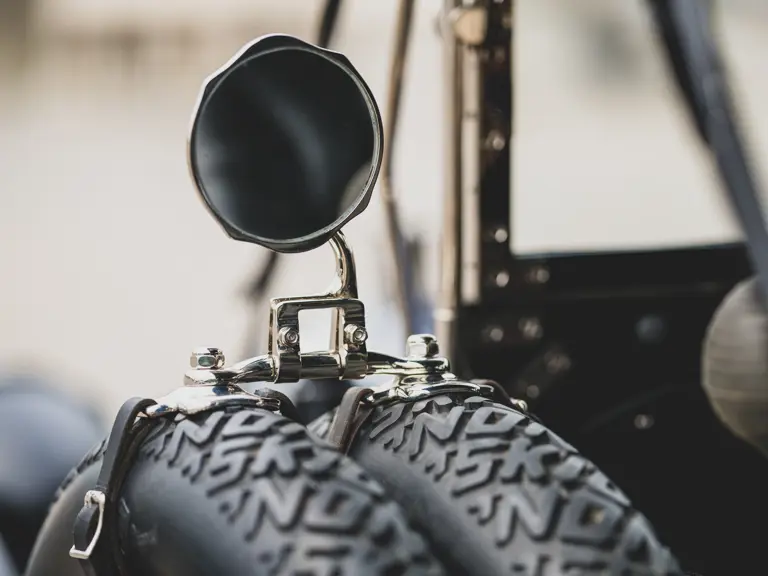

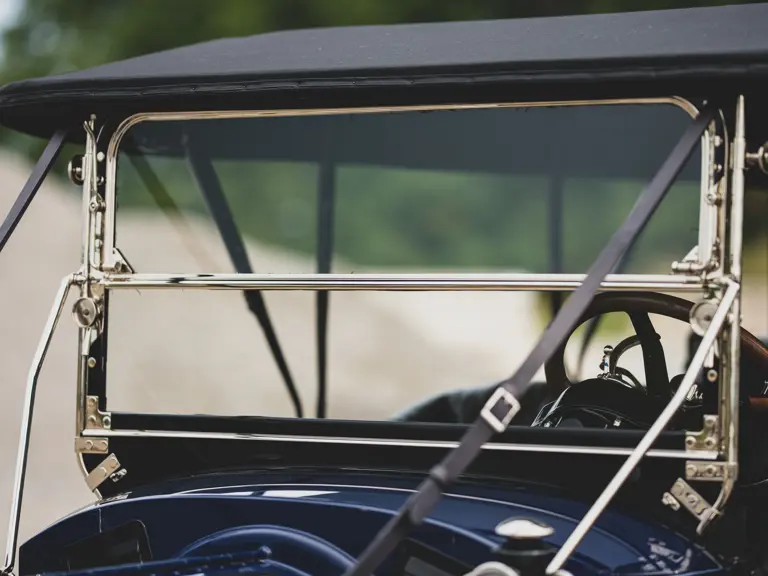

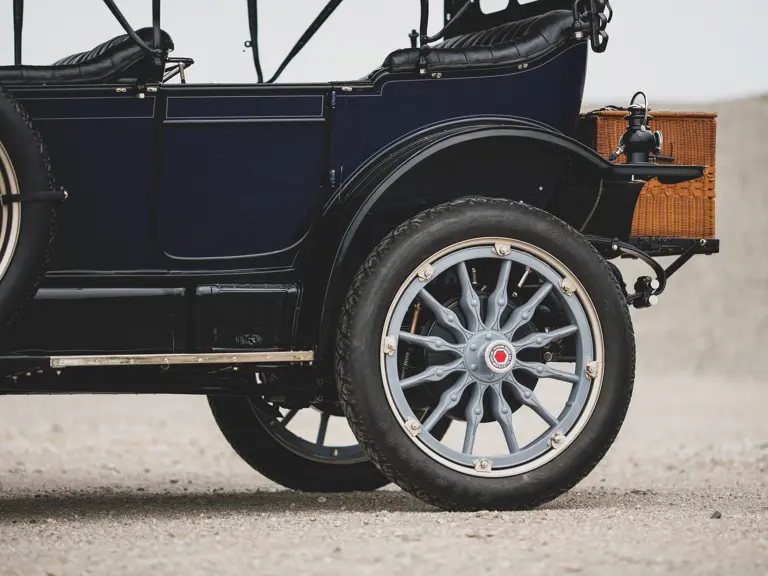
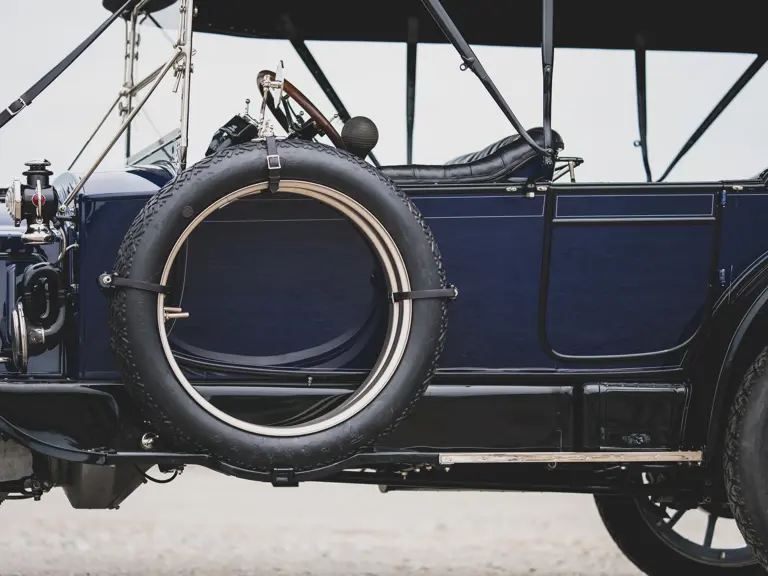

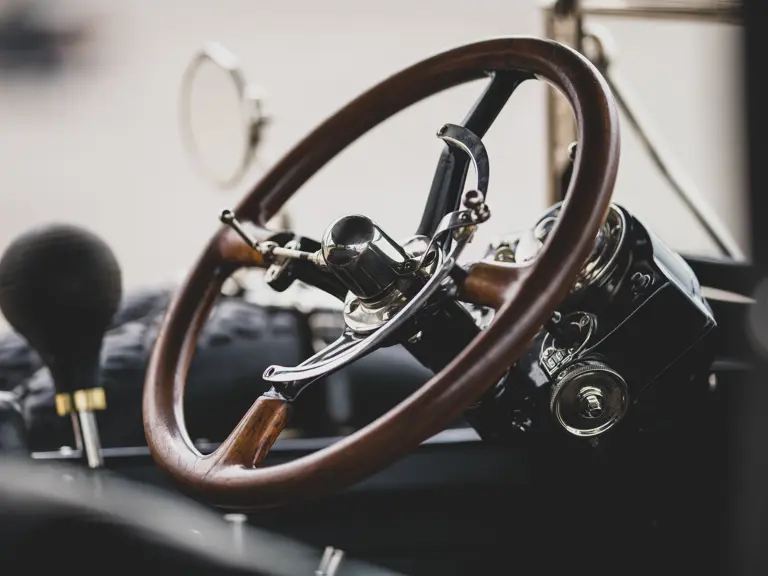
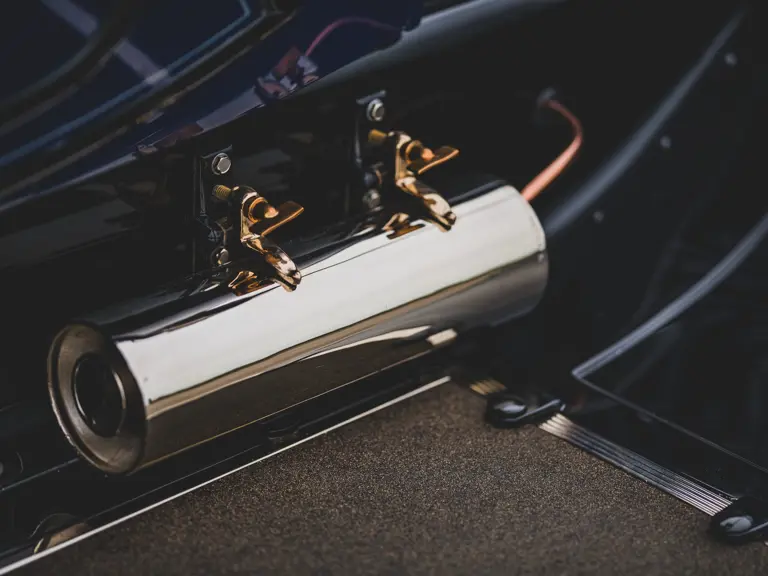
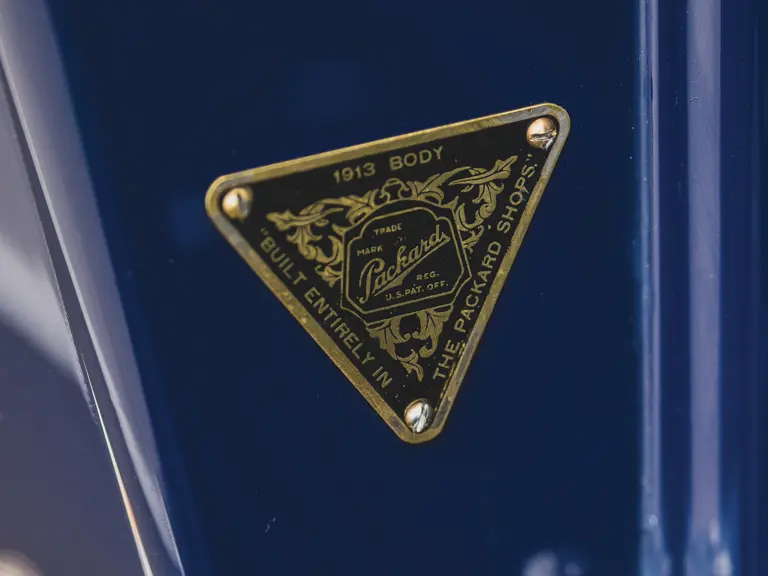
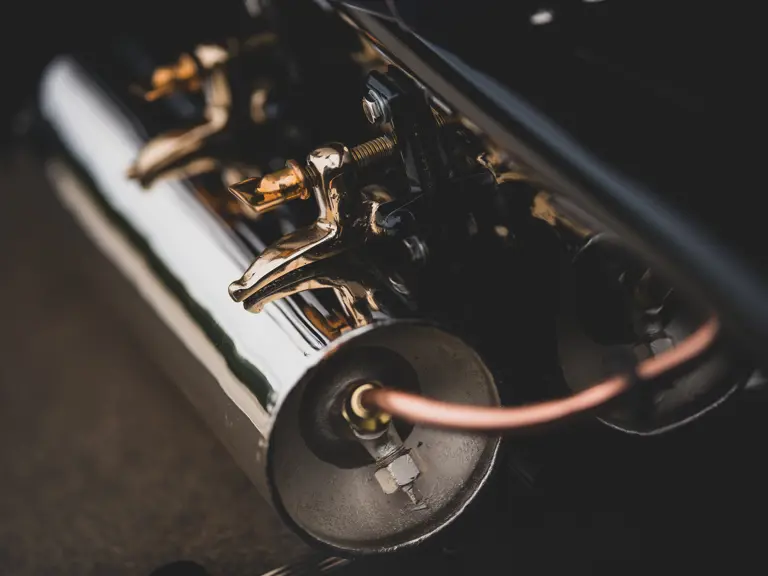

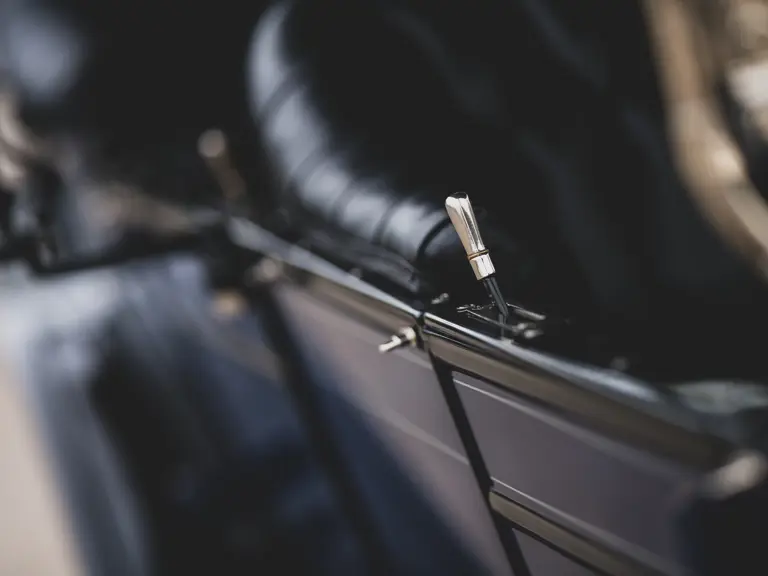
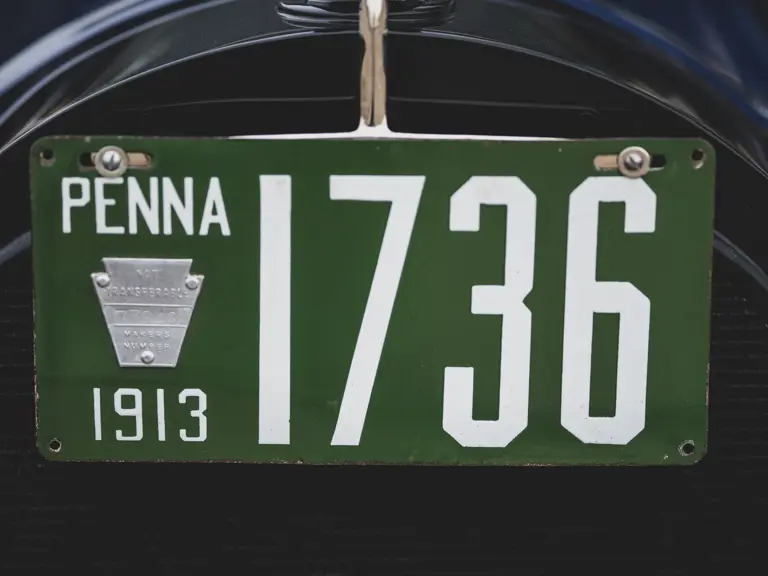
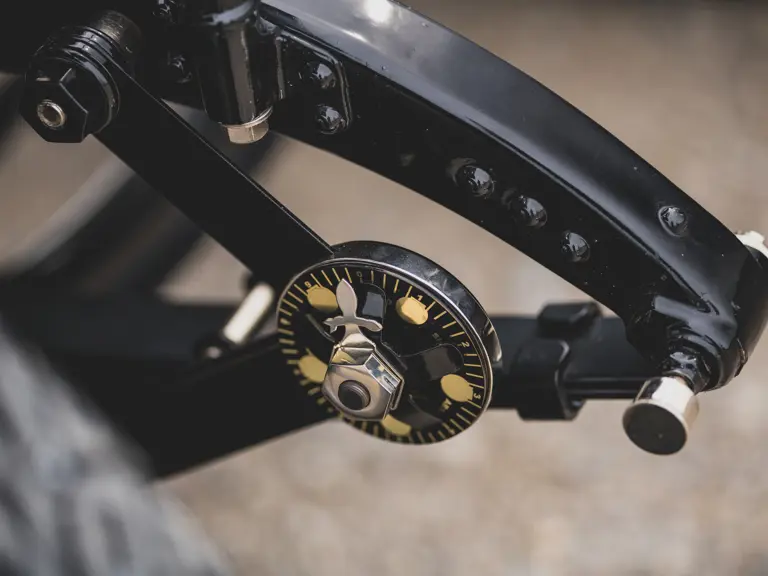


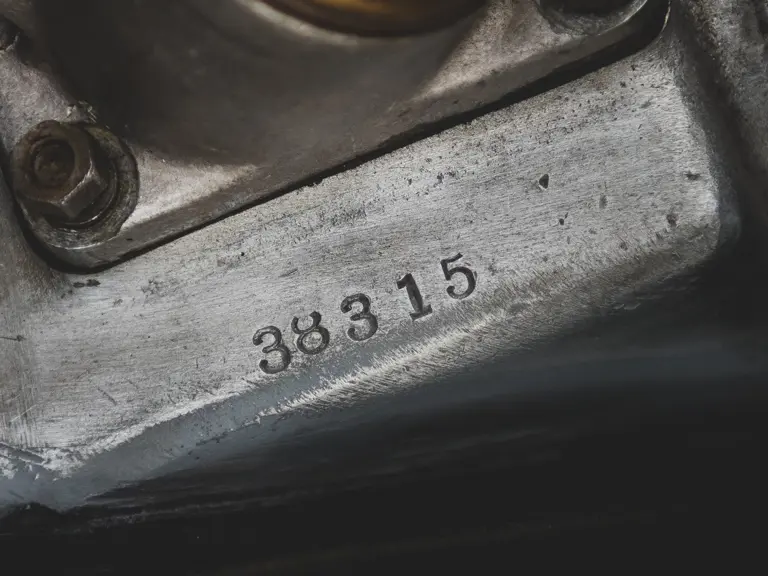
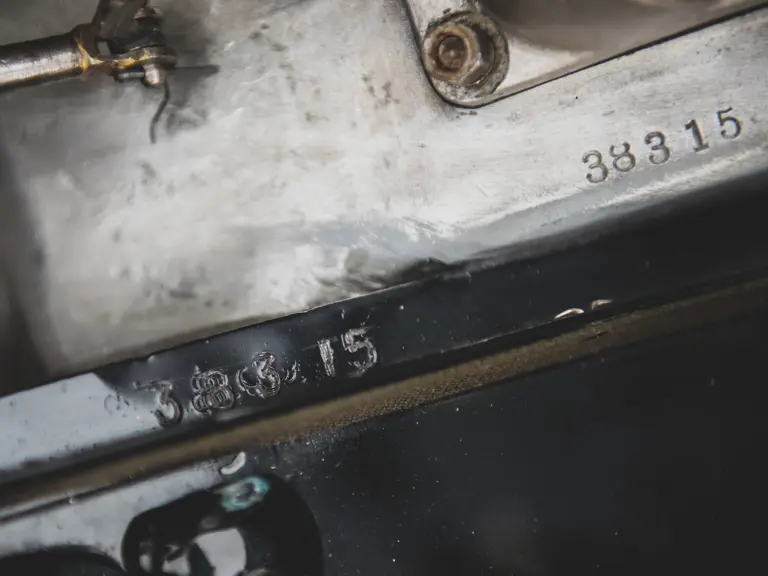
 | Hershey, Pennsylvania
| Hershey, Pennsylvania
